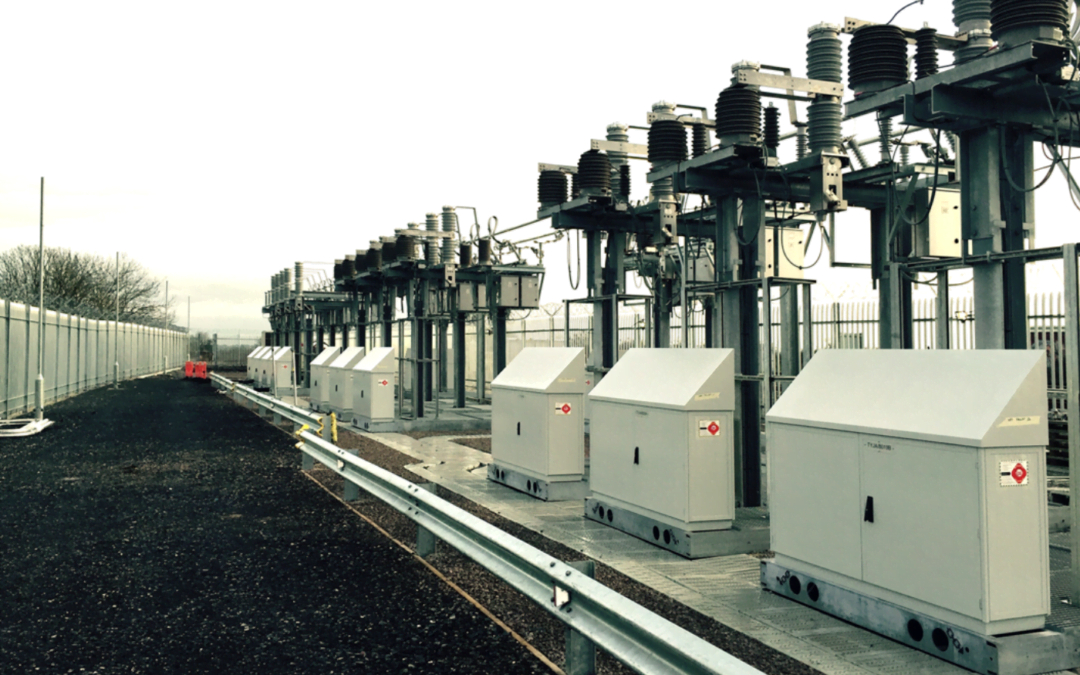Every project WCS works on involves using problem solving skills to resolve engineering challenges for clients. It’s one of the aspects of the job we, as engineers, enjoy most.
Some of the everyday challenges we encounter involve the modification of existing structures, or mixing old and new infrastructure. In both cases, what’s known about the existing assets may be incomplete and outdated. We use a range of techniques and traits to help clients navigate these kinds of scenarios with ease. But, where we really come into our own is when working on some of the more unique areas of a project.
In the power and energy sector, some of these areas include providing cable pulling calculations, assessing substation structures for blast loading tolerance, and providing AutoTrack analysis and modelling to demonstrate how large equipment – such as transformers – will be moved into position on site.
Some clients like to handle these tasks themselves, and they have the inhouse resource to do so. Others, however, prefer us to take them on, alleviating risk to programme and costs. For the latter, here’s an insight into how we operate…
The science of running cables from A to B
When power cables are hundreds of metres in length, weigh up to 20-30kg per metre and span multi-kilometre distances, they can’t just be laid in the ground to connect a remote substation up to the grid, for example. So, simply mapping the locations of underground cable routes on design drawings isn’t sufficient.
When our clients install underground ducting and cables, the precise cable pulling calculations they receive from us ensure that, when a cable is required to negotiate a bend, the pulling force doesn’t compromise the cable or the side wall of the duct. Either of these situations could result in programme delays and huge unplanned costs, should any of the elements be damaged and need replacing.
Our team takes into account the specification of the cable, the positioning of the turning chambers and joint pits, any resulting friction and how to minimise it, and more, to remove this concern for clients and help keep their projects running smoothly.
From cable pulling calculations, to blast loading calculations
Whilst a rare occurrence, electrical faults in high voltage equipment has the potential to cause overpressures, with a risk of damaging the building – usually a substation – in which this equipment is housed.
An arc fault in switchgear, for example, can cause sudden high temperatures. This heats the air around the equipment and emits a blast loading into the room in which the equipment is housed. If the room doesn’t have sufficient capacity, this rapid increase in volume has nowhere to go, which can damage the building.
We assess whether the structure of the building can tolerate this overpressure. Does the building and switchgear cavity have enough volume for it to dissipate into the room? If not, can elements of that room be strengthened? If the answer is no, we can design a blast duct which releases overpressure from within a room via a louvre, discharging it into a safe space.
Transformative solutions for clients
Operating in power and energy, we’re accustomed to working with a variety of equipment, each having different requirements to design around. Whilst designing around transformers is an everyday occurrence for WCS, each site has unique challenges and requires different considerations.
Typically, a substation site will feature one or more transformers. These can weigh 80-120 ton each or upwards depending on their rating. How these abnormal loads are transported from Europe via one of the UK’s ports, and finally arrive on site, is usually handled by a specialist contractor. But, when a transformer reaches site, our team takes over the planning.
Considerations such as access from the road into the site, and how the transformer will be offloaded, can be quite complex and for this we can carry out Temporary Works designs. We can also carry out AutoTrack analysis to model and demonstrate how this will come together, to ensure seamless logistics on delivery day.
Other factors include noise, site constraints and environmental considerations.
Will the transformer be located in close proximity to another transformer or structure, and therefore require a firewall?
Did the environmental reporting identify any acoustic concerns? If people are living nearby, for example, will they be disturbed by the low hum of a transformer? And, if yes, how can this noise be attenuated?
These are just some of the questions and challenges we can help our power and energy clients overcome, whether that’s handling them in entirety, or supporting inhouse teams with specific areas.
To read more about how we operate or to view some of our recent projects, head over to our portfolio page or drop us a line.
